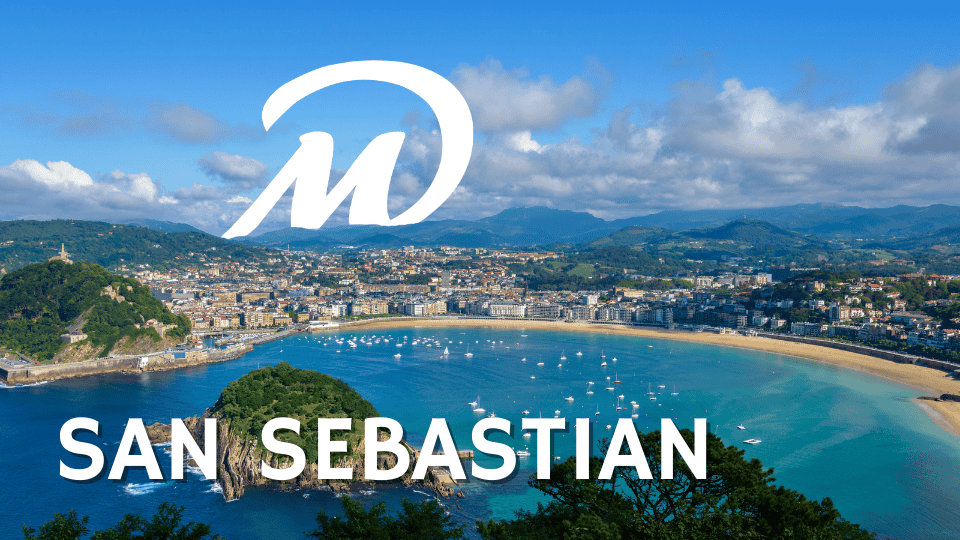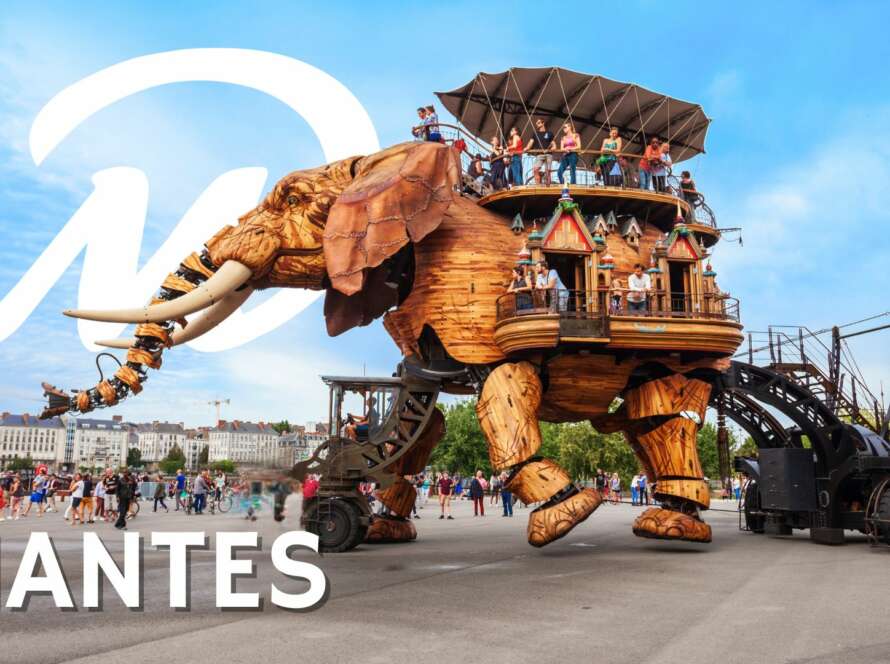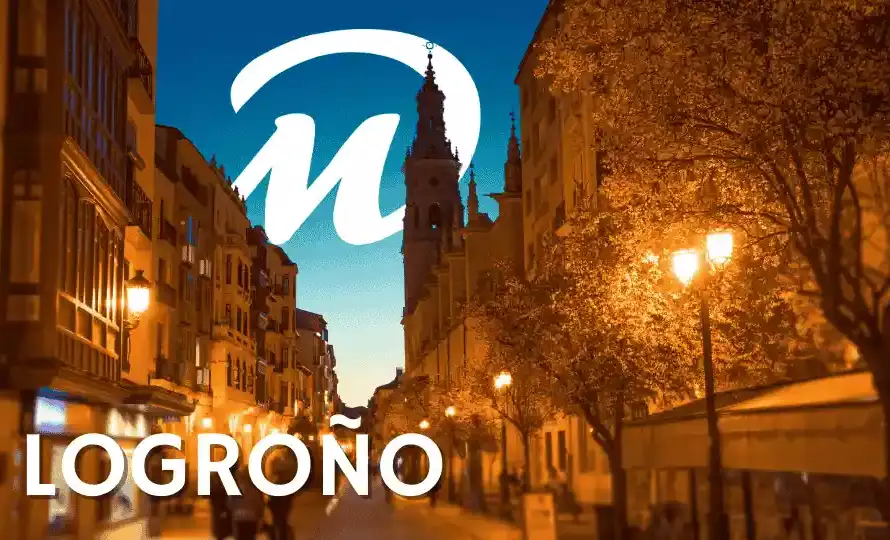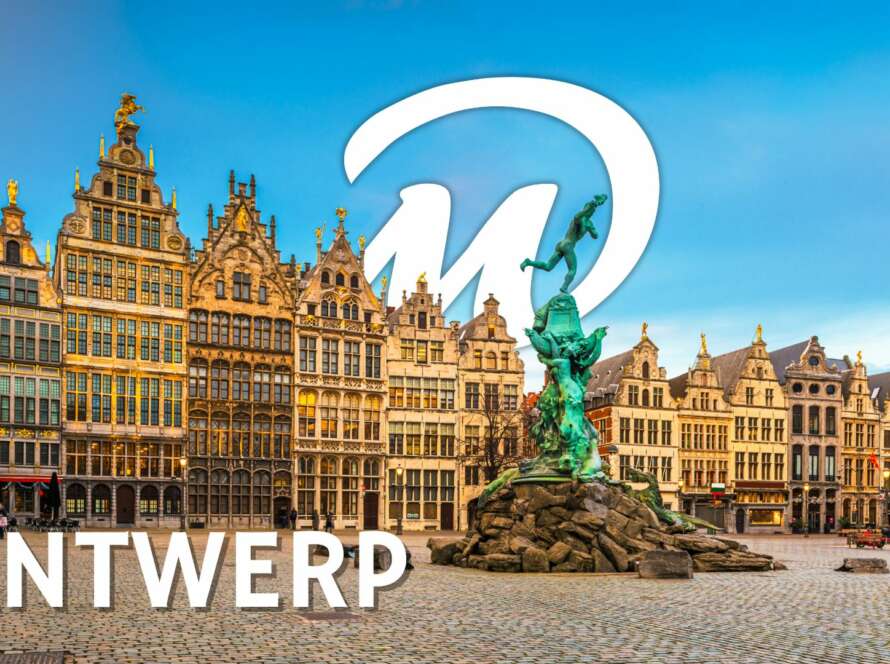Located 30 km east of Zamora, the town of Toro has around 9,000 inhabitants and is one of the most important historical sites in the area. Walking through its streets will take you back to the different eras that its citizens lived through, as they are a true reflection of the history hidden not only in the province, but also in our country.
The province of Zamora has one of the most historic towns in Castilla y León, as well as a wine-growing tradition of more than 700 years. Discover with DareMapp the things to do in Toro, a town with its own wine D.O. and a great story to tell.
Discover with DareMapp things to do in Toro, a town with a great winemaking tradition and a history that has transcended over the centuries.
Tabla de contenidos
Discover The Things to do in Toro with DareMapp
Are you planning a visit and wondering about the things to do in Toro?
We propose you a very simple tour around the town, in which you will enjoy the most important places, without stress and with total adaptability to your time availability.
The visit is designed to be done in 1 day, but if you stay longer in Toro, you can enjoy it at your leisure.
are you ready?
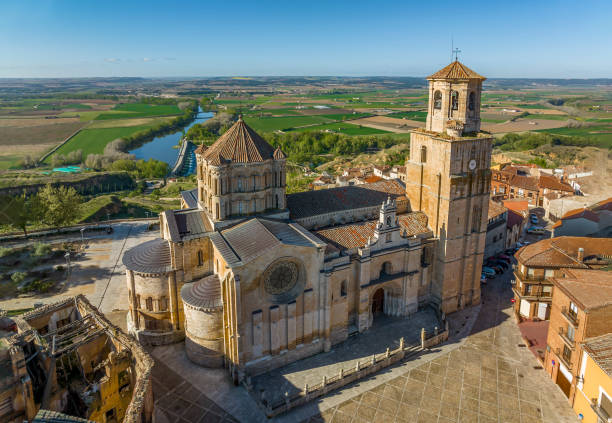
Things to do in Toro: the origins
Toro, located in the province of Zamora, is a city with a rich history and a deep cultural legacy that attracts numerous visitors every year. If you are wondering the things to do in Toro, a journey through its history from its origins to the present day will reveal the importance and charm of this city.
Prehistoric and Roman origins: Toro’s history dates back to prehistoric times, as evidenced by the archaeological remains found in the area. However, it was during Roman times that Toro began to take on greater importance, thanks to its strategic position near the river Duero. The Romans used this location as a military and commercial point, which laid the foundations for its future development.
Middle Ages – The splendour of Toro: During the Middle Ages, Toro became a city of great political and economic importance. In the 11th century, it became the seat of the court of the Kings of León, which gave it great prestige. During this time, the city was fortified and important buildings were constructed, such as part of its famous wall and the Collegiate Church of Santa María la Mayor, which is still one of the main monuments in our list of things to do in Toro.
The famous Treaty of Toro of 1505, signed between the Catholic Monarchs and the King of Portugal, is another significant event of this era, sealing peace between the two kingdoms through marriage agreements. This treaty is a historical landmark that still resonates in the city’s identity.
16th-18th centuries – Development and Decline: During the 16th and 17th centuries, Toro experienced a development in viticulture, with the production of wines that are today one of its major attractions. However, like many other Castilian towns, Toro faced an economic and demographic decline in the 18th century that affected its urban development.
20th century to the present day: In the 20th century, especially in the last decades, Toro has seen a renaissance, largely thanks to the resurgence of its wine industry. Toro wines have gained international recognition, which has led to a revival of tourist and economic interest in the city. In addition, Toro’s architectural and cultural heritage has been enhanced and better preserved, making the city a vibrant centre of history and culture in the region.
Today, when you explore the things to do in Toro, you find an enchanting mix of history, art, and nature, along with the modernity of its wine cellars and cultural festivals. From its historic monuments such as the Colegiata de Santa María la Mayor, to its Duero riverside landscapes and wineries, Toro offers a unique glimpse into the past and a firm foothold in a dynamic present.
The Verraco
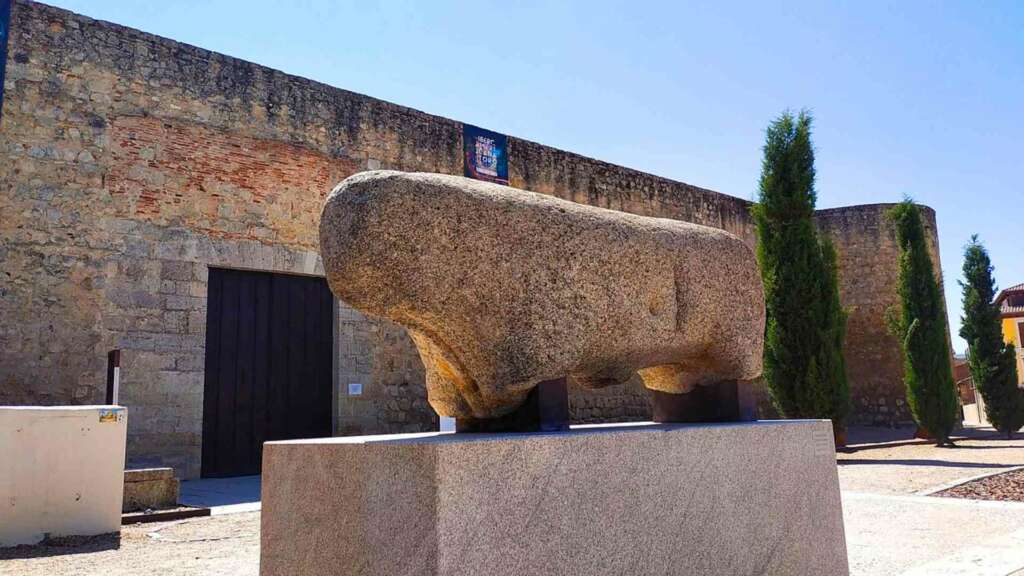
Meet the Verraco, a figure discovered in the 10th century by the Christian repopulators. Its shape and composition correspond to the Vetonic period (4th century BC), so this figure represents the first evidence of the Vacceo settlement known as “La Arbocala”. This find is fascinating not only for its antiquity but also for what it reveals about pre-Roman cultures in the region. This stone boar is a testament to the rich history and deep roots that Toro possesses, being a key point of interest for historians and visitors interested in Spain’s Celtic past. No list of things to do in Toro would be complete without a visit to its iconic monument.
Next to this impressive stone composition, we can find one of the greatest attractions to see and a main in the things to do in Toro: its Medieval Fortress. This sturdy structure dates back to the Middle Ages and was key in the defence of the city during numerous conflicts. The fortress is located in a strategic position, offering panoramic views of the Duero River and the surrounding area, which made Toro a military point of great importance. Today, the fortress attracts visitors not only for its historical importance, but also for its impressive architecture and the view it offers of the Toresano landscape.
Exploring the Verraco along with the Medieval Fortress provides a unique window into Toro’s ancient and medieval past, making these sites two of the must things to do in Toro. Both sites are perfect examples of how history and architecture intertwine in this city, offering visitors a profound and enriching cultural experience. If you are interested in ancient and medieval history, don’t hesitate to add these places to your list of things to do in Toro.
The Alcazar of Toro
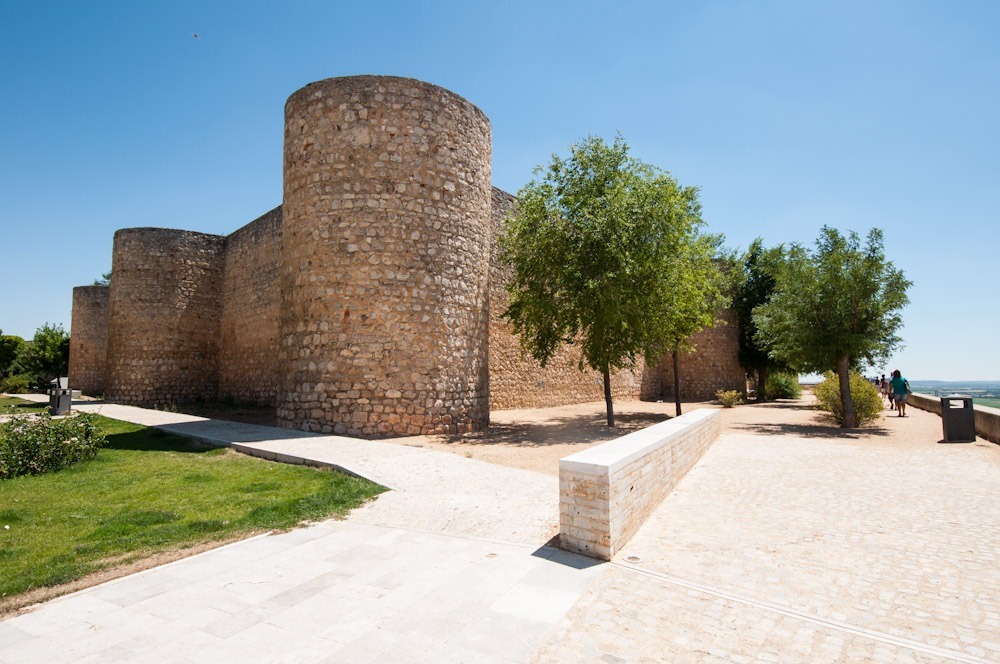
If you look at its structure, you will have no doubts about the period in which it was created. With its marked medieval style, its exact origin is uncertain, but it belongs to the time of the Muslims in the peninsula. It is believed that there was a Muslim fortress, and that after the Christian reconquest, in the 9th century, by King Alfonso III of Asturias.
In the year 899, the repopulation of the city of Toro began under the Infante Don García. The people came from different localities, and it was at this time that Toro Castle was rebuilt, as well as the walled enclosure. The city was conceived in a strategic defensive position, as it was at that time. An ancient marvel worth in the things to do in Toro.
Viewpoint of the Alcázar
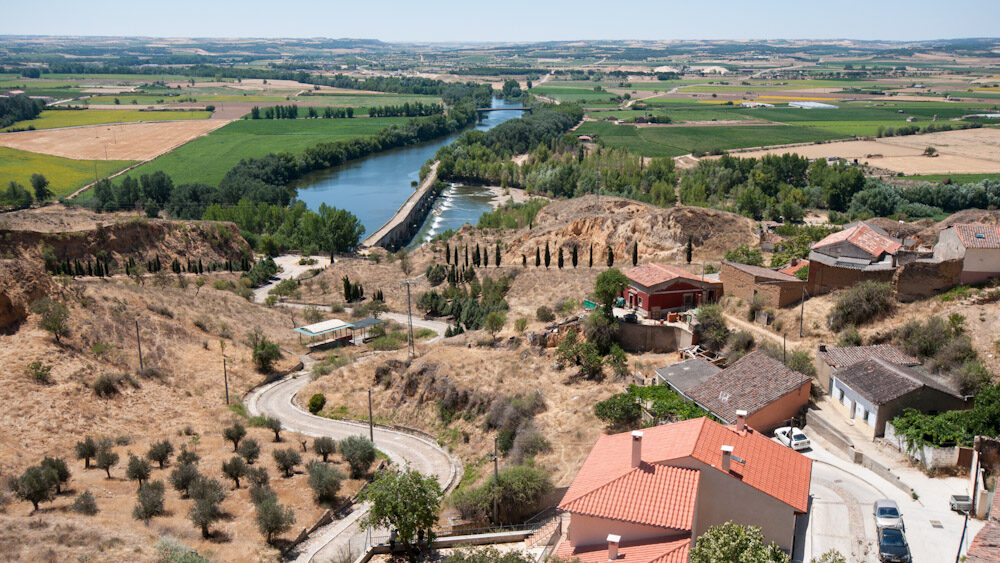
Before moving on to the next location to see in our list things to do in Toro, I recommend you to go around the castle and enjoy the viewpoint. From this vantage point, you can enjoy one of the best views of the Duero riverbed as it passes through the town, as well as the Puente Mayor bridge. This viewpoint offers a spectacular panoramic perspective that captures the essence of Toro’s riverside landscape and its natural surroundings.
As you enjoy the view, you can appreciate the majestic course of the Duero river, a vital element that has shaped both the geography and the history of Toro. The arribes, with their steep canyons and rugged slopes, are particularly impressive and offer a dramatic natural backdrop that complements the robustness of the castle, a must in the things to do in Toro.
The Puente Mayor bridge, visible from the viewpoint, is another architectural gem not to be missed. Not only has this bridge been a crucial link for the city over the centuries, but it is also a testament to medieval engineering and construction ingenuity. Observing the bridge from this height allows you to appreciate its structure and understand its importance in the connection and development of Toro.
This viewpoint is not only an ideal place to take stunning photographs, but also allows you to pause and absorb the tranquillity and beauty of the landscape surrounding Toro. Without a doubt, this is one of the most relaxing and visual spots in the list of things to do in Toro, perfect for those looking to connect with nature and the history of the region.
Churches and monasteries: a faithful reflection of the architectural stages of Toro
There are numerous buildings of ecclesiastical and historical origin to see in Toro. These buildings, created in different periods, are a faithful reflection of the artistic stages that have developed in Spain. If you’re planning a visit and are unsure about the things to do in Toro, this is a must:
Collegiate Church of Santa María la Mayor
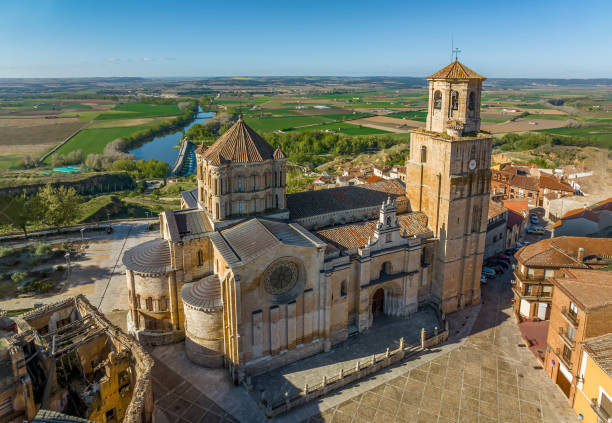
The Collegiate Church of Santa María la Mayor, a jewel of Romanesque architecture in Toro, was built between the 12th and 13th centuries. Inspired by the Cathedral of Zamora, it has many characteristic elements of the Romanesque style of the period, such as the Leonese dome, which is one of the most distinctive and admired features of this architectural style. This dome not only provides structural beauty, but also allows natural light to filter spectacularly into the building, creating a spiritual and welcoming atmosphere to see in Toro.
The Old Cathedral of Salamanca is another magnificent building that shares inspiration with the Cathedral of Zamora, also notable for its impressive dome and Romanesque elements. Both cathedrals are outstanding examples of the influence and legacy of the Romanesque in Castilla y León, and visiting them provides a clear insight into the architectural and artistic development during the Middle Ages in Spain.
Exploring the Colegiata in Toro allows you to immerse yourself in the history and art of the Romanesque, offering an enriching experience for anyone interested in medieval architecture. Every corner of this monument is full of details that tell stories of the past, making it an essential par of yhe things to do in Toro. If you are interested in delving deeper into the Romanesque of Castilla y León and discovering the connections between these historical monuments, the Old Cathedral of Salamanca is definitely another must in the things to do in Toro.
At the back of the Colegiata you can also enjoy another of the best panoramic views to see in Toro: the Mirador de la Vega.
do you know what other cathedral in Castile-León is inspired by the one in Zamora? The Old Cathedral of Salamanca. If you want to know more about this monument in Salamanca, click here.
Church of Sto. Tomás Cantuariense
Founded in 1163, it had a turbulent history. In 1794 it was declared a ruin. It was rebuilt on two occasions, but nowadays only the lower section of the tower of the medieval building remains, a must on your list of things to do in Toro.
Church of San Salvador de los Caballeros
Its construction, as you will see, is completely different from the previous collegiate church. It is a Romanesque-Mudejar style church, which belonged to the Order of the Templars. After its extinction, it was eventually converted into a parish church.
Nowadays it houses numerous pieces from nearby parishes, making it a museum of images and Medieval pieces (one of the main museums to visit in our things to do in Toro)
We recommend you to visit the inside of the museum, where you will find works from different churches, not only abandoned, which makes it a must in the things to do in Toro.
Sancti Spiritus la Real Monastery
This is one of the unmissable places for the things to do in Toro. The Monastery belongs to the contemplative Dominican sisters, and inside we find the Museum of Sacred Art. This is a collection of polychrome sargas with prints of the Passion of Christ.
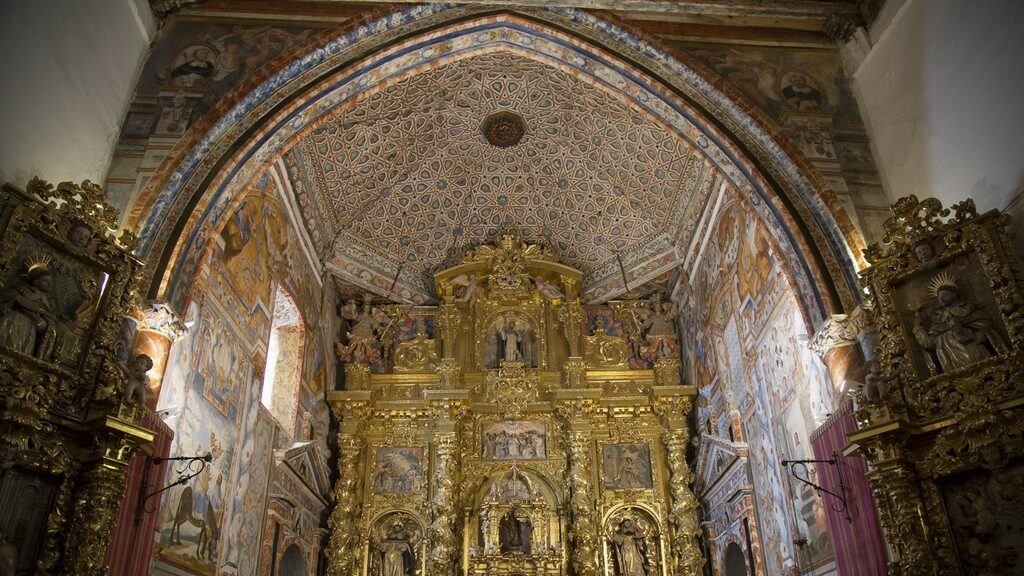
Founded in 1307 by Teresa Gil, it had two members of royalty in the 15th century, Beatriz de Portugal and Leonor Sánchez. These two women lived together in the monastery, and their remains lie in the choir of the church, next to those of the foundress.
The tomb of Queen Beatriz of Portugal is particularly noteworthy. On the front of this sepulchre is the scene of Christ’s Calvary. Visit the Monastery Museum to enjoy this and other similar works.
Main Street
From the Plaza de la Colegiata towards the Plaza Mayor you will find this street. It has numerous buildings with a traditional appearance, built in brick. The streets of the town have not lost the charm of medieval times, and this street is a living reflection of the history that has been lived.
Plaza Mayor
The central point of the town shows another different stage of its history. Take a look at the Casa Consistorial (which is what town halls are called in many towns). It dates from 1788, a time when the region was in decline. The defeat at Villalar marked a convulsive period in which traditional activities returned. One of these activities stands out for its importance, and is one of the main attractions for the things to do in Toro viticulture.
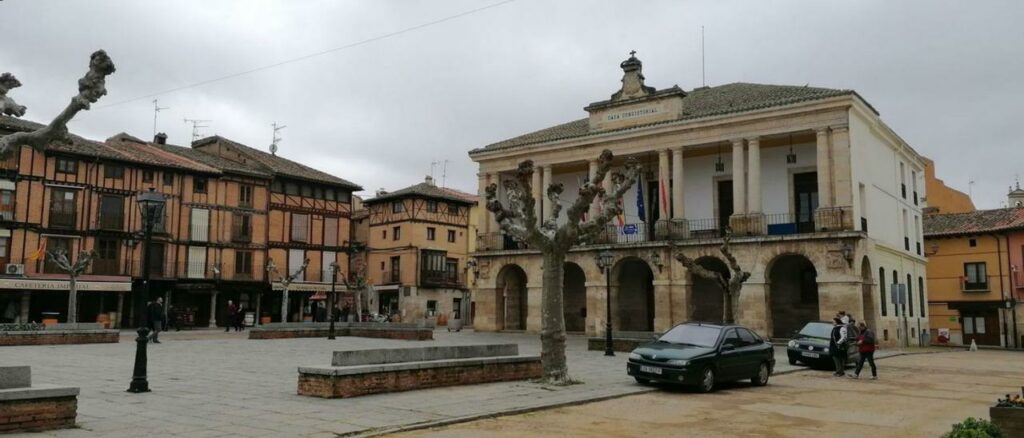
Vineyards began to develop as early as the 13th century, but it was during this period that they provided the most important economic support for the town. Those beginnings are what today constitute this area as a Denomination of Origin for red wine. Its a great cultural and historical site in top things to do in Toro.
Clock Arch
Continuing up the Calle Mayor, we find this building. Created in 1719, it is believed to have been designed by Joaquín Churriguera. It formed part of the first walled enclosure of the city, and represented one of the entrances to it: La Puerta del Mercado ( 15th century).
In its upper middle part there is a chapel, where the veneration of the Virgin of Las Nieves (transferred to the Church of the Holy Sepulchre) was formerly located, and where we now find an image of the Sacred Heart of Jesus.
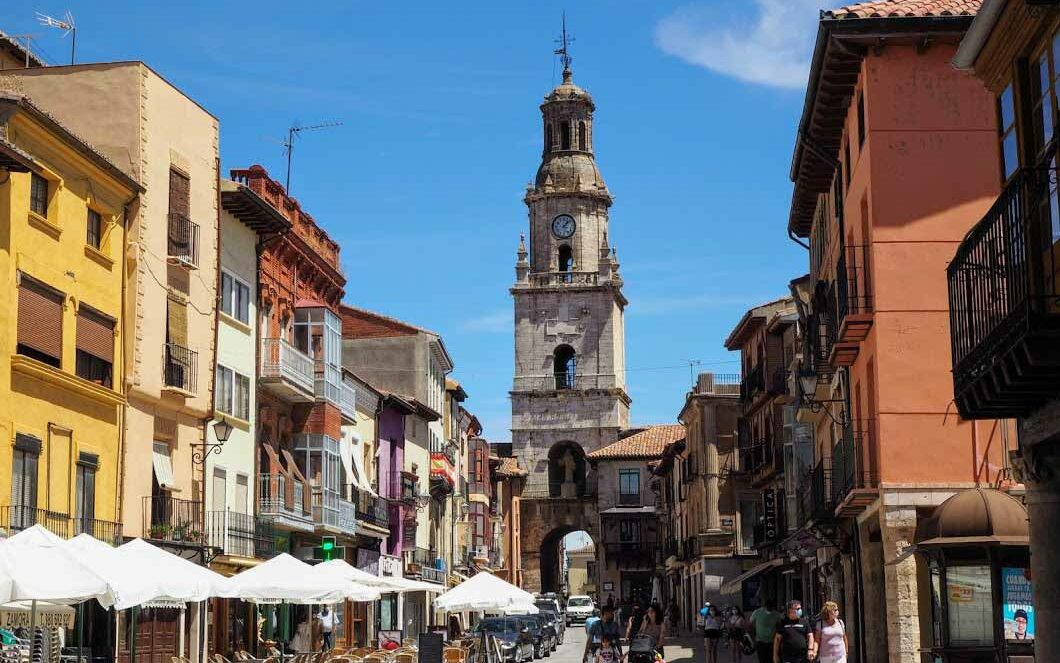
The Arco del Reloj was built using red wine to make the mortar for its structure. This demonstrates the historical importance of viticulture in the locality.
Popular legend
Bullring
Built in 1828, this is one of the oldest bullrings in our country.
It was abandoned for many years, until at the beginning of the current century, the Town Hall acquired it to restore it and convert it into an asset of cultural interest. The restoration was completed in 2012, and is characterised by maintaining all the original structure and elements: mainly wood and adobe.
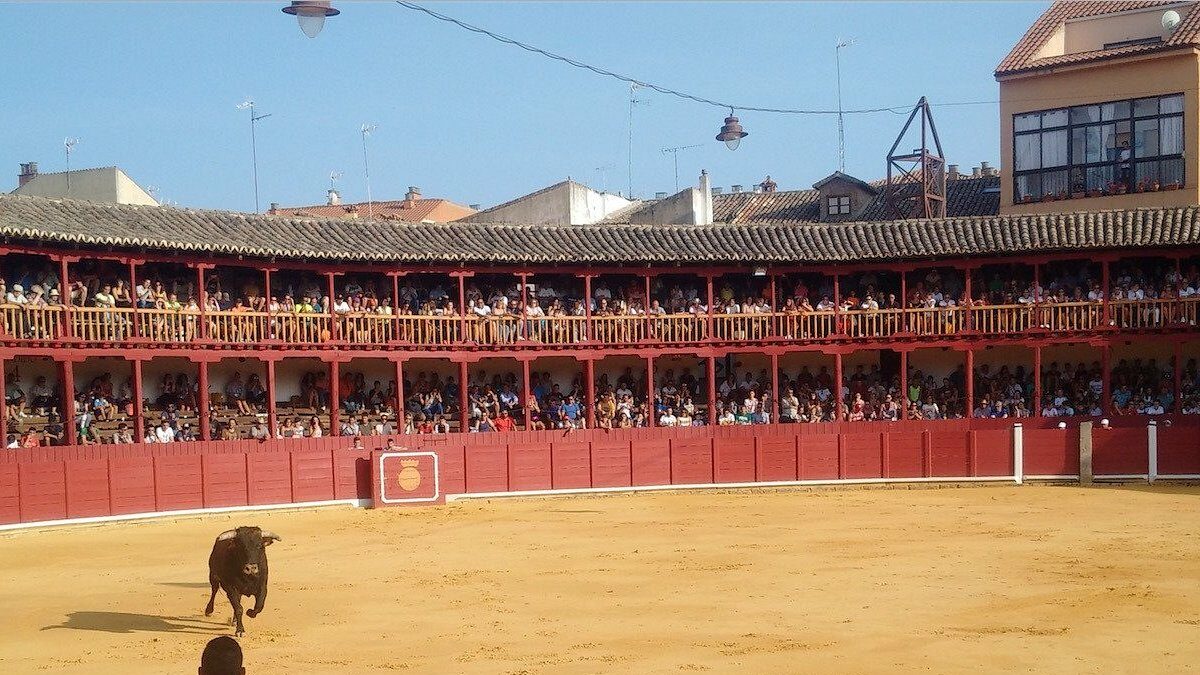
This bullring belongs to the Union of Historic Squares of Spain
Main Bridge
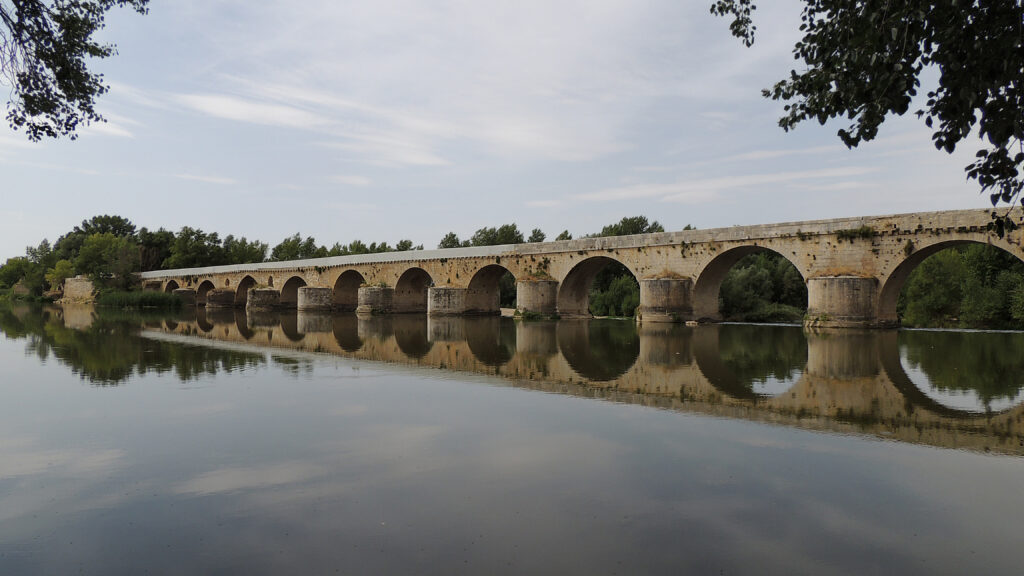
After walking through the whole town, now it’s time to go a little further away for one of the last steps. If you looked out from the two previous viewpoints, you will see a unique bridge with an infinite number of peculiarities. Its creation dates back to the Roman period of the city (with the Vacceo settlement, remember?). It is believed that it served to connect the Roman camp of Villalazán with the town of Arbucala.
If you look at it, the bridge has several characteristic features. The first is that it runs parallel to the Duero river. It is thought that this is due to the fact that at that time, the river flowed in a different direction due to the meander in the area.
However, the most characteristic feature is its pointed arches. We invite you to count them, as several were blown up on 2 July 1812, during the Spanish War of Independence, in order to prevent General Wellington‘s troops from passing through .
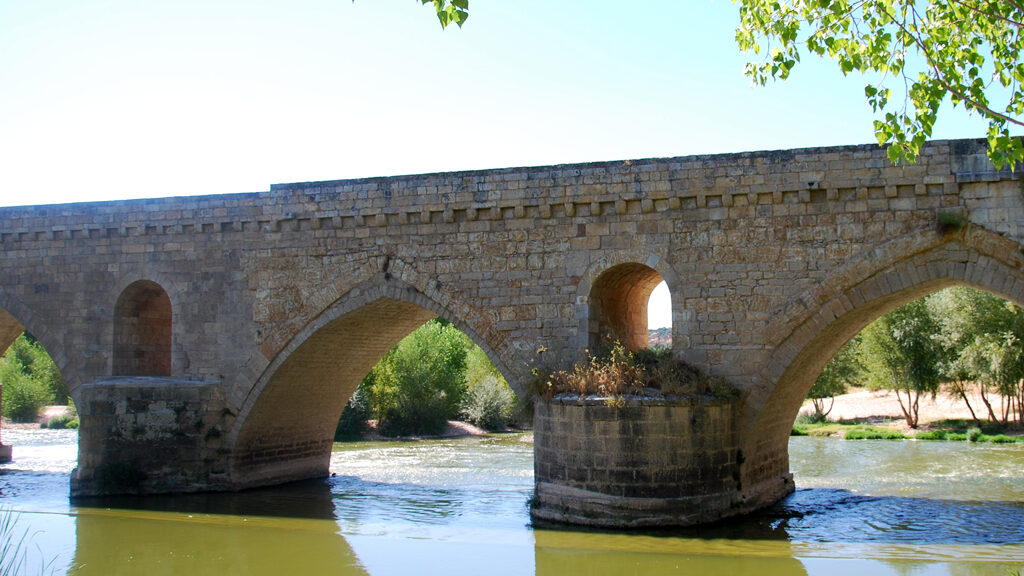
Wine route through Toro
Touring the wineries and tasting their famous red wines is an attraction top in the things to do in Toro. Within the town there are several wineries where you can enjoy wine tourism, but here is one of them that you have to see in Toro.
Toro Wine Museum
As you read before, Toro has always been characterised by its wine-growing tradition, and even more so with its Protected Designation of Origin. Its red wines are among the most highly valued, not only at regional level. If you walk around the town you will find several wineries, where we recommend you stop (if you have the chance) and taste their best vintages.
But our last recommendation is the Pagos de Rey Wine Museum, in the neighbouring town of Morales de Toro. Although you need to use the car to visit it, it is just a few minutes away and its history is well worth a visit.
We hope you have found this guide useful for discovering the things to do in Toro. If you want to discover this and other similar experiences, download our app for free and start travelling the world.
Remember that with DareMapp you can take a multitude of interactive guided tours, including many of these “Spain’s most famous routes”, a fun tour of the main destinations.
What better way than travelling and discovering while learning in a fun way? Visit


